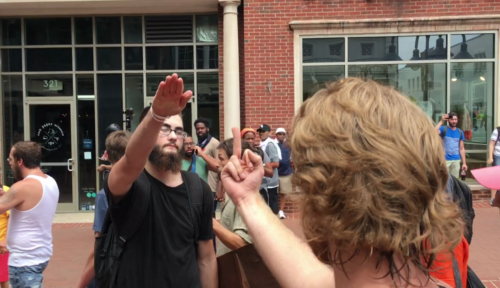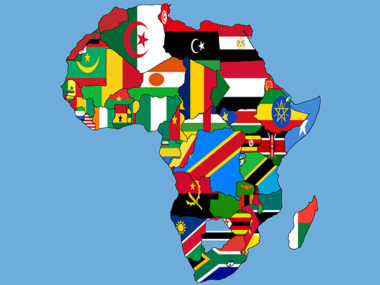By Joseph Young
In social science, there aren’t really laws like gravity. There are always exceptions. Most theories are probabilistic. We expect some thing on average to go up whenever another thing goes down (or up). We look at trends and note the exceptions and hope to get it right more than we get it wrong.
One process, from my observation, seems nearly law-like. Violence begets violence.
This week, a twelve-year-old boy in Bakersfield California was convicted of murder. The crime was shooting his father, Jeff Hall, a former midlevel operative in the National Socialist Movement, in the head with a .357 revolver. His father allegedly beat the boy, his mother, and siblings, taught him how to shoot, and provided him with a worldview that justifies violence.
Sometimes violence is necessary, sometimes it is unavoidable, sometimes it may be the moral decision, but I think whatever the justification for its use, it will (almost) always generate more of itself.






0 comments
Wouldn’t one counterexample be the establishment of the state itself? For example, on Olson’s stationary bandit model, there are violent conflicts between roving bandits; but when one bandit defeats all the others and seizes a monopoly of violence, it establishes social order and greatly reduces violence (this story is also supported by Pinker’s empirical arguments).
I think Cohen’s “The Paradoxical Nature of State Making: The Violent Creation of Order” (APSR 1981) makes a similar argument.
Thanks for the comment Michael. Three quick points.
1. I agree with you in some ways but
2. Different levels of analysis-individual level violence vs. violence in societies
3. Christian Davenport and others (see his previous post on this blog) have challenged the Pinker version of the reduction in violence by the modern state-making process. I see both sides but tend to agree with Christian and others that see modern states as major producers of violence.
Joe,
I think that is the common perception that people respond to violence with more or less violence. However, recent work in political science suggests a more nuanced story (particularly when it comes to interethnic violence). For instance, Lyall’s work on random artillery strikes in Chechnya suggests that violence may lead to less violence (less insurgent attacks). Moreover, Gould and Klor’s “Does Terrorism Work?” shows that Palestinian terror attacks lead Israelis more willing to grant concessions http://qje.oxfordjournals.org/content/125/4/1459.abstract. Recent work by Beber, Roessler, and Scacco on partition in Sudan. They find that Northern Sudanese are more likely to favor partition for Southern Sudan if they were affected by Southerners rioting in Khartoum in 2005 (http://news.bbc.co.uk/2/hi/africa/8459793.stm).
It seems that the conventional story is that people get exposed to violence, get angry and are more likely to seek revenge. Yet, again the literature on the effects of anger and violence are mixed (see http://jcr.sagepub.com/content/55/2/274.abstract). While there are numerous instances of violence begetting more violence, there also seems to be instances where individuals want to wash their hands of the problem and favor peace with the perpetrating group. When violence leads individuals to seek revenge (more violence) and when it leads those affected to favor peace remains and puzzle. Thoughts?
Hi Thomas,
I agree that the there is unexplained variance in the violence -> violence story. The examples of Chechnya (Lyall’s work) and Israel (Klor and colleagues) are potential arguments to fill that unexplained variance. The claims are both bound in space and time, but I admire each of their work. With that said, from the Bobo Doll experiments to Syria to extremist groups in the US to most of the arguments about how modern states were built (Tilly, Thies, and others), violence plays a strong perpetuating role.
Thanks, Joe. Great question. I suspect that responses to violence — from the pacifist turn-the-other-cheek, to a middle-of-the-road tit-for-tat, to a Hatfield-McCoy multiple tits (or monster tit) for one tat — depend on the characteristics of the principals, level of trust in the culture, number of players, unique aspects of the situation, etc. For models of variation on tit-for-tat strategies see eldar.mathstat.uoguelph.ca/dashlock/PD/vcat.html. Some of these models are likely to be better predictors of actual behavior under particular circumstances than others. Short of such an inquiry, I’ll go with karma. Brian
Violence can beget violence, but there are also a lot of social movements around the world working to short-circuit that cycle, at individual, community and national levels. We’re only now just starting to recognize these examples for what they are.